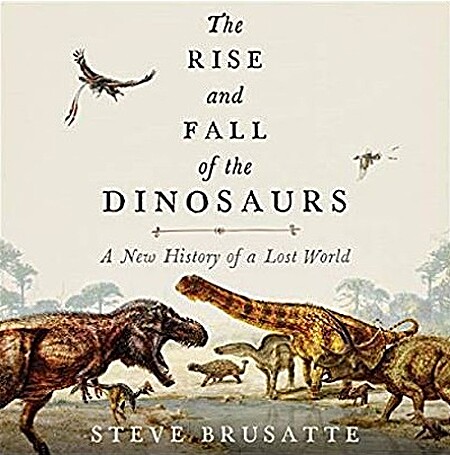

The thinking was that it happened quite suddenly, that dinosaurs were superior, that there was something about them. For a long time, there was a real mystery about how dinosaurs rose up to become animals like that. These are fierce, huge, dominant creatures. rex or if you watch one of these dinosaur documentaries on television and you see the CGI Brontosaurus thundering around, these are majestic animals. If you go to a museum and you stand underneath the skeleton of a T. It took them a while to get started.īrusatte: That's right. But, according to the article and some of what's in your book, The Rise and Fall of the Dinosaurs: A New History of a Lost World, it's not necessarily the case. You talk about the fact that for a long time, it seems like among the public and in the scientific community, it was kind of an assumption that dinosaurs were an instant success, instant in terms of geological time scales, evolutionary time scales.

“The Unlikely Triumph of Dinosaurs," your article in the May issue of Scientific American. Plus, his book, The Rise and Fall of the Dinosaurs was published just last month. He wrote the cover story on dinosaurs in the May issue of Scientific American. Although, as you can tell from his accent, he's American, educated at the University of Chicago, Columbia University, and the American Museum of Natural History. He's a paleontologist at the University of Edinburgh. They had to deal with drifting continents and volcanoes and asteroids and rising and falling sea levels, changes in temperatures. These were animals that ruled the world for 150 million years. But they're more than just movie monsters or a childhood obsession.

Steve Mirsky: Welcome to Scientific American Science Talk, posted on May 23, 2018. Edinburgh University paleontologist Steve Brusatte talks about his May 2018 Scientific American article, " The Unlikely Triumph of the Dinosaurs," and his new book, The Rise and Fall of the Dinosaurs: A New History of a Lost World.


 0 kommentar(er)
0 kommentar(er)
